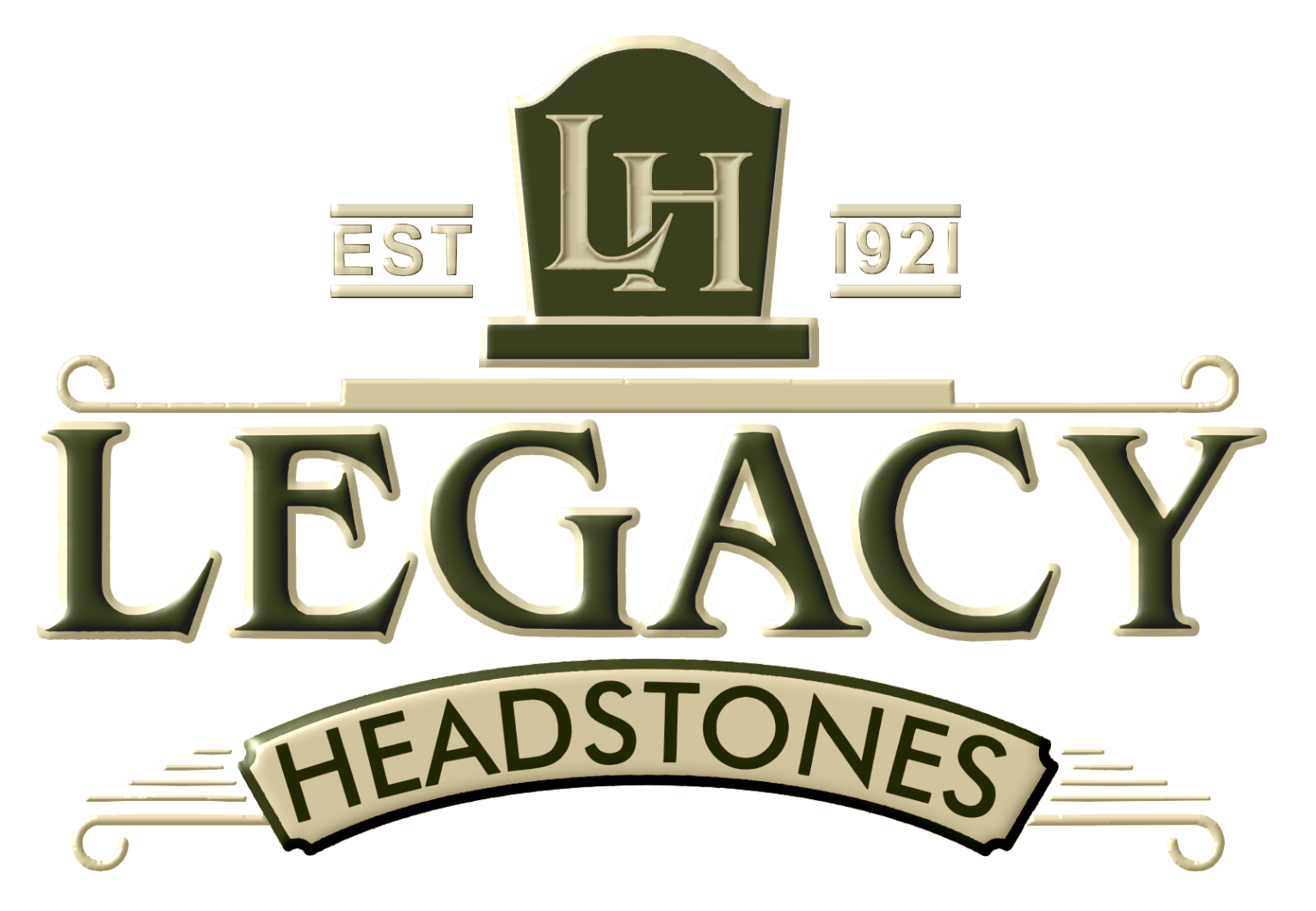Stone rubbing has been a popular practice for centuries, in which you can create an image of surface features from a stone on paper. These recordings can take the form of natural textures, inscribed patterns, or even lettering. Families use stone rubbing as a way to preserve family history by duplicating tombstone inscriptions. However, stone rubbing is controversial, and many cemeteries have banned the practice altogether. In this guide, we reveal some of the safe and responsible ways to perform tombstone rubbing, so you can document your family’s history without disrupting the quality and condition of the headstone itself.
Before you begin, it is important that you get permission from the cemetery where the headstone is located. Rubbing is not permissible in many local or state historical societies because it can cause gravestones to break or flake if not done properly. Once you receive permission, ensure that the tombstone is stable and sturdy. You should never try to rub on a headstone that is chipping, crumbling, flaking, wobbly, or otherwise unstable.
Clean the tombstone with water and a soft bristle brush to remove any debris. Scrub from the bottom up to prevent staining or streaking. Flush the stone once more with water. You can use either plain white paper, butcher paper, or rice paper to transfer the stone’s likeness. Cut a piece of paper so that it is slightly larger than the tombstone. Tape the paper to the edges of the stone, and make sure that it is secure before you begin rubbing.
Using chalk, charcoal, a large crayon, or rubbing wax, gently rub along the outside edges of the paper and carefully work your way toward the center. Apply more pressure to darken the design, if need be. If you use chalk, remember to carefully spray it with a thin layer of hairspray, but be careful not to get any on the headstone. Some people use interfacing material as a reliable alternative to paper because it doesn’t tear and folds without creasing.
We hope that this guide to tombstone rubbing provides all the information you need to start documenting your family’s rich history.

